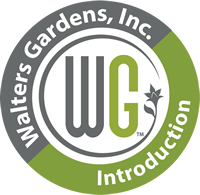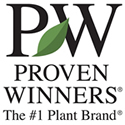Growing Temperature:
65-70° F
Holding Temperature:
50-60° F
Soil PH:
5.8-6.2
EC (What is EC?):
1.0-1.2 pour through method
Fertility:
Apply a constant liquid fertilizer program, 75-125 ppm at each watering.\r\n\r\nFor Controlled Release or Slow Release Fertilizer, see your preferred supplier for recommended rates for incorporation or top dressing, as it varies by fertilizer.
Vernalization:
Cold required for 10-15 weeks at temperature below 40° F.
Pests & Diseases:
Aphids, onion thrips, slugs, snails, western flower thrips, spider mites, aster leafhopper, leaf and root-knot nematodes.
Crown rot, rot (Sclerotium), impatiens necrotic spot virus, aster yellows, leaf spots, powdery mildew, root rots, rust, damping-off, Botrytis blight, Verticillium wilt.
Potting & Timing:
Plant large vernalized plugs in early spring.
Small plugs are commonly potted in the summer of the year prior to sales.
Moisture:
For potting soil use commercial planting media.
Planting Level:
At crown level.
PGRs/Pinching:
May not be required. One or two 2,500 ppm applications of Daminozide (B-Nine or Dazide), seven days apart, can be effective at reducing plant height when applied just as the flower stems are beginning to elongate.
Lighting:
Long days required for flowering.
Pruning/Trimming:
A light trim for shape/removing past blooms premotes growth and more flowers. Triming to far into the plant will result in losses.
Other Comments:
Research has shown that most campanula cultivars display better quality characteristics, such as a higher bud count and flower size, when grown at cooler temperatures.













